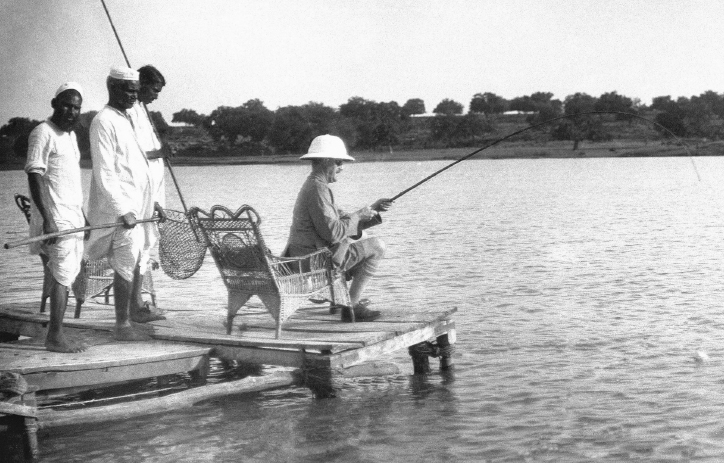Understanding World Societies:
Printed Page 896
British Promises and Repression
When the First World War began, the British feared an Indian revolt. Instead Indians supported the war effort. About 1.2 million Indian soldiers and laborers voluntarily served in Europe, Africa, and the Middle East. The British government in India and the native Indian princes sent large supplies of food, money, and ammunition. In return, the British opened more good government jobs to Indians and made other minor concessions.
As the war in distant Europe ground on, however, inflation, high taxes, food shortages, and a terrible influenza epidemic created widespread suffering and discontent. The prewar nationalist movement revived stronger than ever, and moderates and radicals in the Indian National Congress Party (see “The British and the Indian Educated Elite” in Chapter 26) joined forces. Moreover, in 1916 Hindu leaders in the Congress Party hammered out an alliance — the Lucknow Pact — with India’s Muslim League. The Lucknow Pact forged a powerful united front of Hindus and Muslims and called for putting India on equal footing with self-
The British response to the Lucknow Pact was mixed. In August 1917 the British called for the development of self-
Old-

British colonial officials, such as this gentleman reposing in a wicker chair while fishing in India around 1925, enjoyed lifestyles that were often much more comfortable than would have been the case back in England. Gardeners, chauffeurs, maids, cooks, and other personal servants, like the three men helping the fisher, were commonly hired to wait on the colonists hand and foot. Some justified the lifestyle as demonstrating the refinements of civilization — part of the white man’s burden. (Photograph by Ralph Ponsonby Watts/© Mary Evans Picture Library/The Images Works)
Under these tense conditions a crowd of some ten thousand gathered to celebrate a Sikh religious festival in an enclosed square in the Sikh holy city of Amritsar in the northern Punjab province. Unknown to the crowd, the local English commander, General Reginald Dyer, had banned all public meetings that very day. Dyer marched his troops into the square and, without warning, ordered them to fire into the crowd until the ammunition ran out. Official British records of the Amritsar Massacre list 379 killed and 1,137 wounded, but these figures remain hotly contested as being too low. Tensions flared, and India stood on the verge of more violence and repression. That India took a different path to national liberation was due largely to Mohandas K. Gandhi (1869–